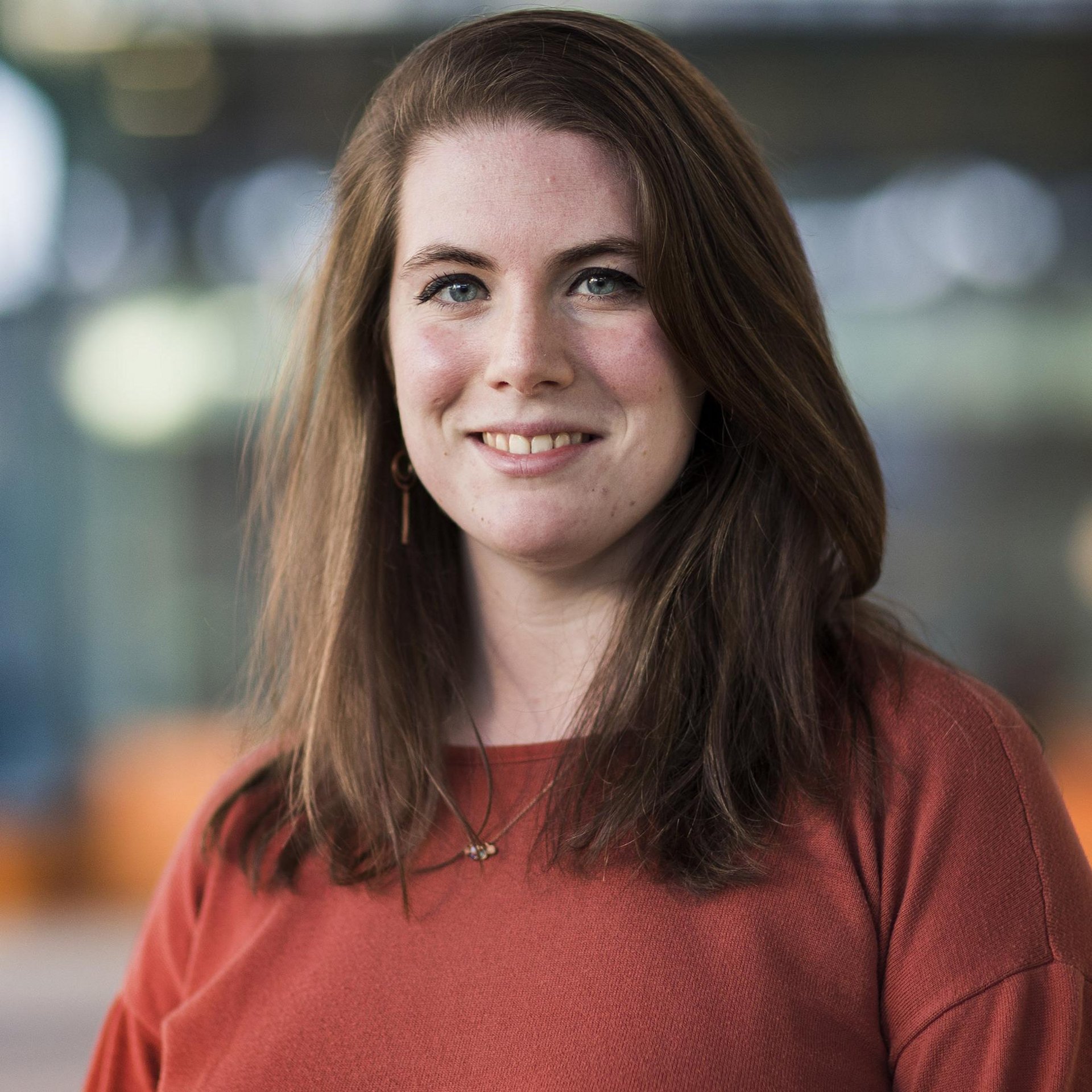Information
| EngD trainee | ir. I. (Iris) Moonen |
| University supervisor | dr. ir. S.P.G. (Faas) Moonen |
| Company supervisor | Mr. Ing. E.A.M.B. (Elianne) Demollin-Schneiders LL.M. |
| Name of company | TIORC |
| Period of project | Aug 2018 – Aug 2020 |

Summary
About 55% of the Dutch and 75% of the Belgian residential housing are privately owned. House-owners decide themselves when and in what they invest. Thereby they have a big influence on achieving the 2020 CO2 emission goals. House-owners have to identify themselves with the sustainability options before they invest.
The goal of the ENLEB-project is to bring house-owners and the construction industry together to make energy efficiency, energy generation and innovation a common goal. Smart combinations in co-creation, building technology, building physics, installation engineering and sustainable energy generation together with a financial side make it able to achieve the 2020 energy goals.
The company assignment is part of a much bigger program that is funded by Interreg Vlaanderen Nederland. Part of the total project (of the 9 partners in the European program) is to realize demonstration houses in neighborhoods around the border of Belgium and the Netherlands. Here, innovations will be implemented and shown to the house-owners and companies to get inspired and sensitized. Also a quick-scan will be made in nine neighborhoods as well to analyze the strengths and weaknesses of the neighborhood for realizing a co-creating. This quick-scan consists of an urban analysis, an energetic profile of every neighborhoods, a strength-weaknesses analysis, a trend-analysis on the demographic changes and an inventory of the financial possibilities in the neighborhood. This will all be done based on interviews, house visits and statistical data.
The specific focus of the PDENg program was to apply the results of data generated by the partners in this project and to implement these in an tool, the so-called ‘Samen Duurzamer Wonen Tool’. This will combine this data and data from measurements into a menu that takes into account many technical, procedural as well as financial aspects to make homes more sustainable while focusing on the highest possible added value in respect to sustainability. The tool is meant for people so they can easily choose which option to make their house more sustainable is the best option for them. A special feature of the tool is to provide guidance to individual house-owners to scale up the selected improvement from the tool in their direct neighborhood.